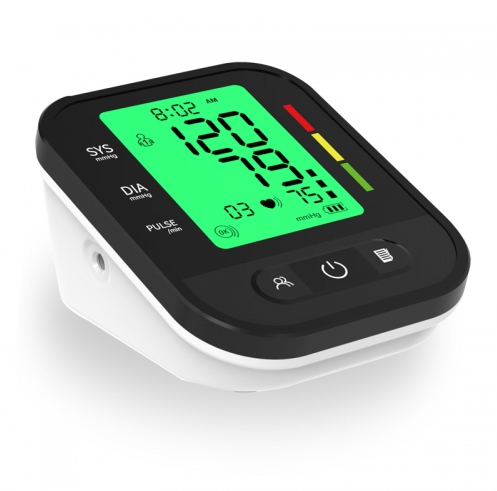Keeping an eye on your blood pressure at home is more than just a routine; it's a crucial aspect of managing and understanding your health. However, with the plethora of devices available, the debate on accuracy, and the best practices surrounding blood pressure monitoring, it's easy to get overwhelmed. This comprehensive guide will walk you through everything you need to know to monitor your blood pressure effectively at home.
Are Electronic Blood Pressure Monitors Accurate?
Electronic blood pressure monitors have become a staple in many households due to their convenience. But how reliable are they? Studies have shown that when used correctly, electronic monitors can provide accuracy comparable to traditional, manual readings taken in a healthcare provider's office. The key to ensuring accuracy lies in the proper use of the device. Factors such as cuff size, positioning, and even the time of day can significantly impact the readings.
It's also worth noting that not all electronic monitors are created equal. Look for devices validated by reputable organizations to ensure you're getting a reliable product. Consistently following the manufacturer's instructions for use can help maximize the accuracy of your readings.
Choosing the Best Blood Pressure Monitor for Home Use
When it comes to selecting a blood pressure monitor for home use, there are a few features to keep in mind:
- Ease of Use: Digital monitors with clear displays and simple controls are generally easier to use for most people.
- Fit and Comfort: Ensure the cuff fits comfortably around your arm. An improper fit can lead to inaccurate readings.
- Memory Function: Devices that store previous readings can be handy for tracking your blood pressure over time.
For most individuals, a digital arm cuff monitor strikes the best balance between accuracy, ease of use, and comfort. However, wrist monitors might be a better option for those who find arm cuffs uncomfortable or have difficulty using them.
Manual vs. Digital Blood Pressure Monitors - Which is Better?
The choice between manual and digital monitors boils down to personal preference and specific needs. Manual devices, used with a stethoscope, are the gold standard in medical settings but require skill and practice to use correctly at home. They offer high accuracy but are not the best option for everyone due to the learning curve involved.
Digital monitors, on the other hand, are user-friendly and provide quick, easy-to-read results. They're ideal for most people, especially those who need to monitor their blood pressure regularly at home. While some argue that digital devices are less accurate, many modern digital monitors offer precision that rivals their manual counterparts, especially when validated and used correctly.
Common Mistakes When Taking Blood Pressure
Avoiding common mistakes is key to getting accurate blood pressure readings at home. Here are a few to watch out for:
- Not resting before taking a reading: Sit quietly for at least 5 minutes before measuring.
- Using the wrong cuff size: An ill-fitting cuff can give inaccurate results.
- Positioning the cuff incorrectly: The cuff should be at heart level for the most accurate reading.
Being mindful of these factors can significantly improve the reliability of your home blood pressure measurements.
When Not to Take Blood Pressure
Knowing when not to take your blood pressure is just as important as knowing how to take it. Avoid measuring your blood pressure in the following situations:
- After consuming caffeine or smoking: Wait at least 30 minutes after consuming these substances, as they can temporarily raise your blood pressure.
- When stressed or in pain: Emotional distress or physical pain can lead to elevated readings.
Instead, aim for a calm, relaxed state in a comfortable setting for the most accurate results.
Get reliable readings and a better health.
Monitoring your blood pressure at home is an empowering step towards better health management. By choosing the right monitor, understanding the factors that affect accuracy, and avoiding common pitfalls, you can ensure that you get reliable readings that help you and your healthcare provider make informed decisions about your health.
Remember, while home monitoring is a valuable tool, it's not a substitute for professional medical advice. Always consult with a healthcare professional for guidance tailored to your specific health needs.












